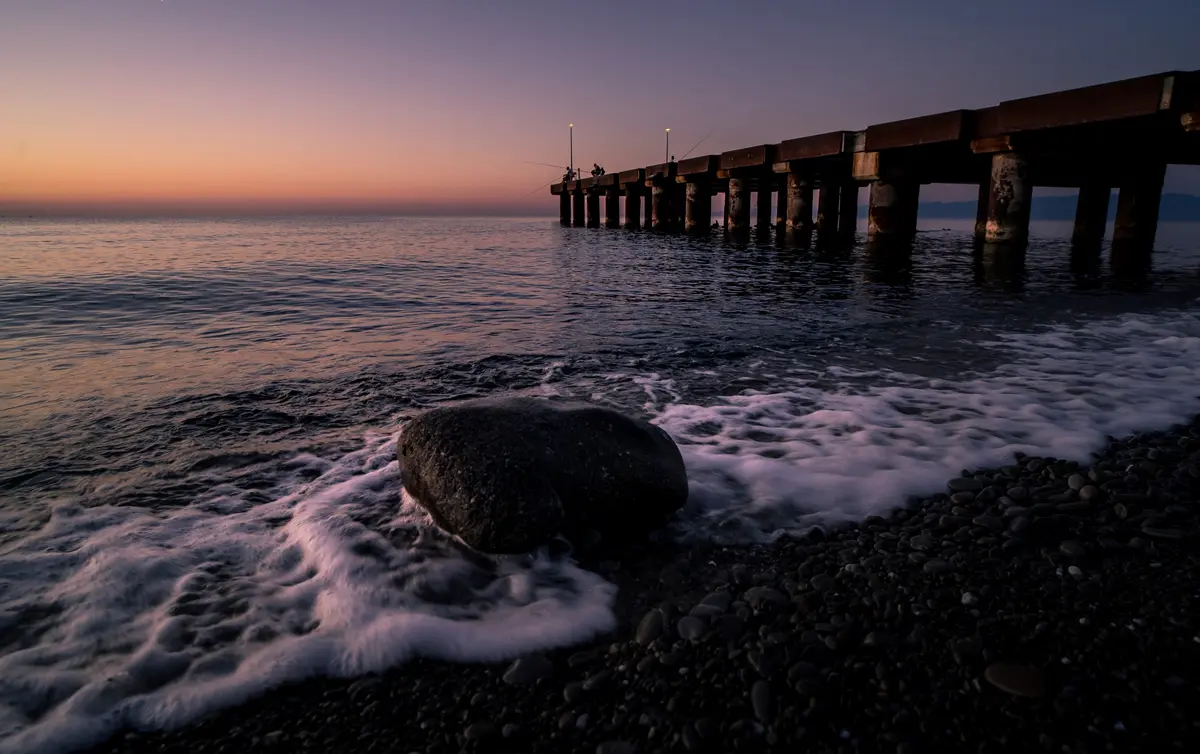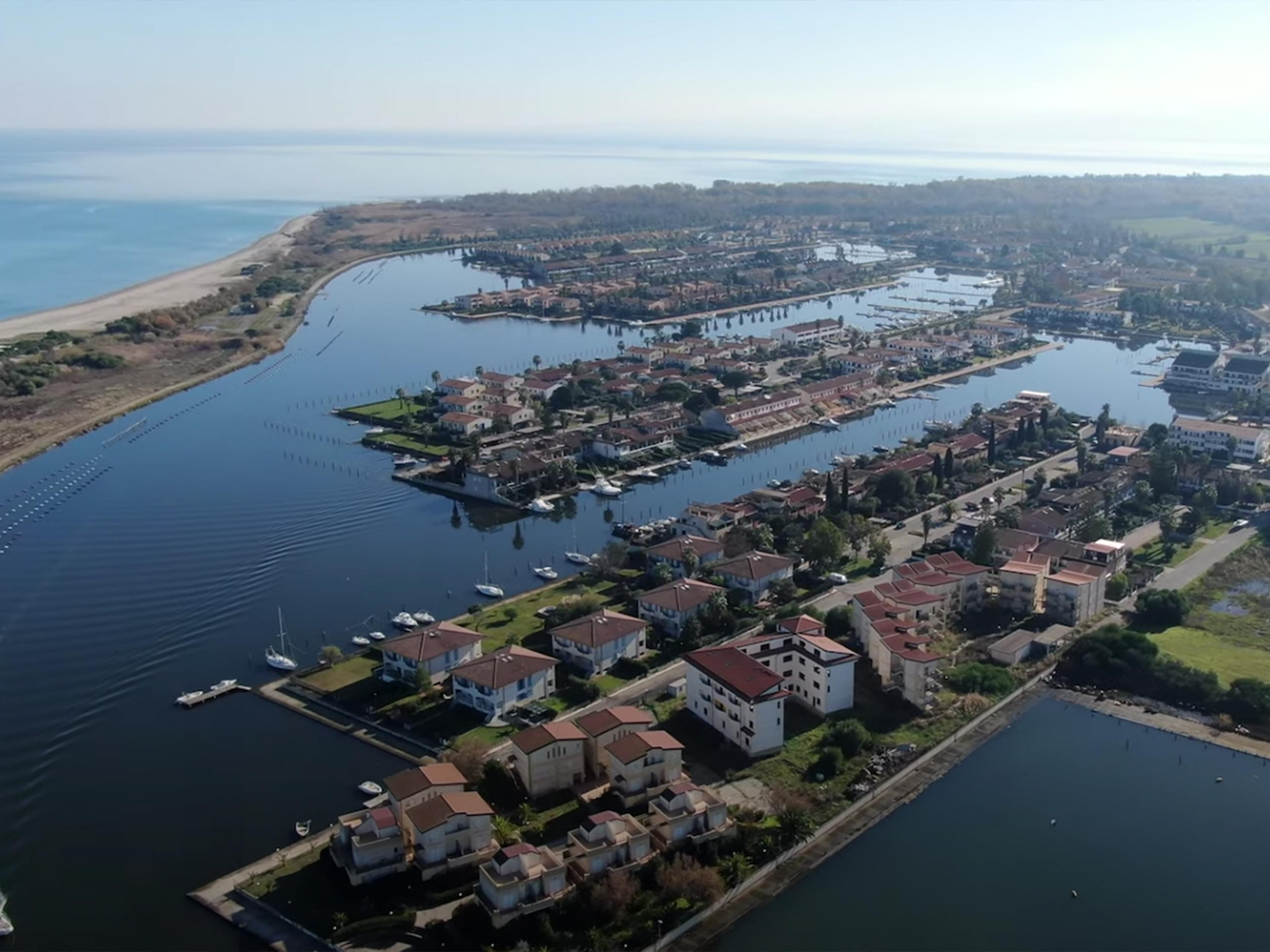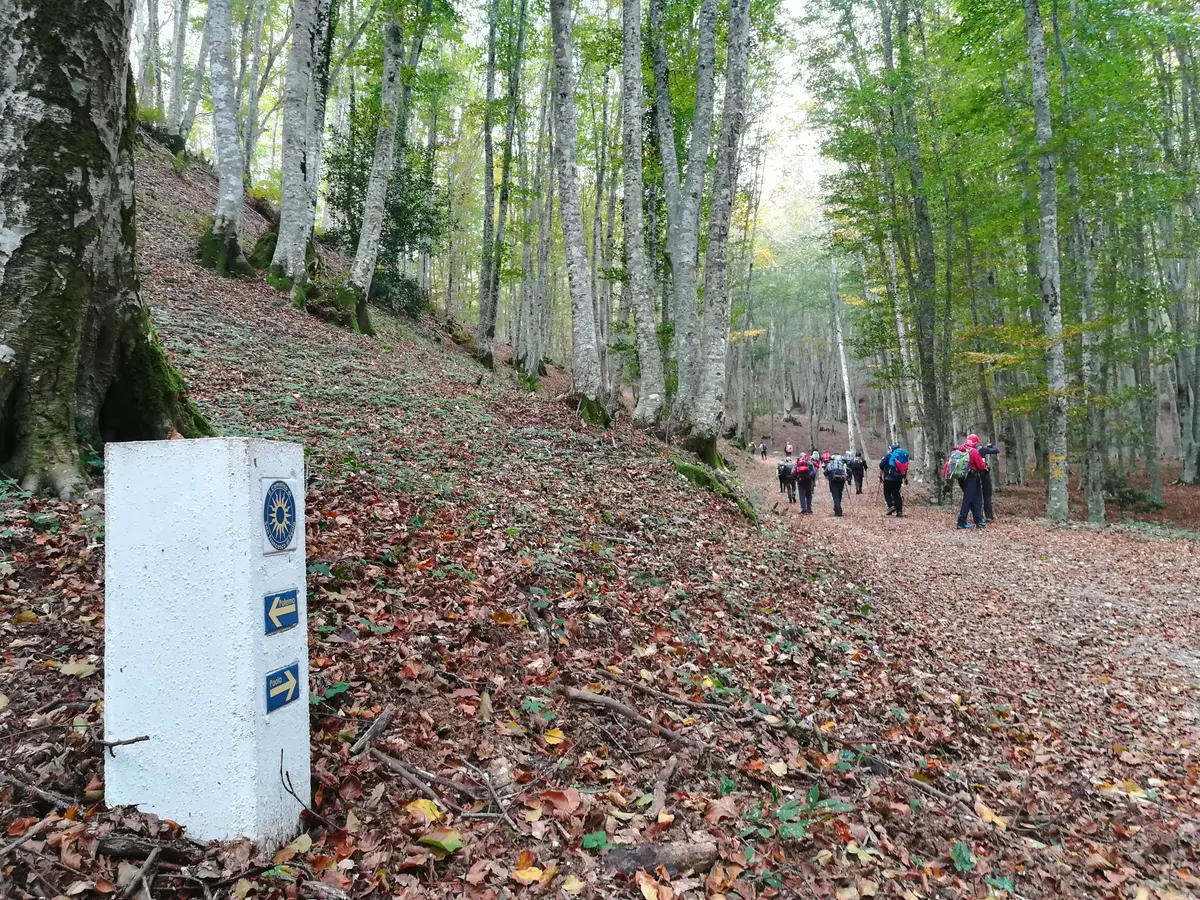The Costa degli Achei, between sea and culture
Costa degli Achei awaits you among castles, scent of citrus fruits, villages and beaches.

Naturalistic
Regione Calabria
Travel information
Category
Naturalistic
Target
For all
The Costa degli Achei, in Calabria, is the place to be if you are hunting for sunrises on the Upper Ionian coast of Cosenza!
The stretch of coastline that from Schiavonea, the Corigliano-Rossano seaside hamlet, continues more or less indented as far as Rocca Imperiale, on the border with Basilicata, is known as the Costa degli Achei in reference to the ancient populations of Greek origin who founded important colonies here (first and foremost Sybaris).
In the approximately 150 km of beaches that make up the Costa degli Achei, landscapes of varied charm abound, including several Blue Flags and dozens of medieval villages overlooking the sea, cliffs, castles and the PDO/PGI products cultivated in the renowned Sibari Plain, with its artificial lakes and tourist port.
A holiday on the Costa degli Achei is an unforgettable dive into the unspoilt sea of Calabria, discovering some of its most ancient settlements.

Corigliano-Rossano

Cassano all'Ionio

Villapiana Lido

Trebisacce

Roseto Capo Spulico



